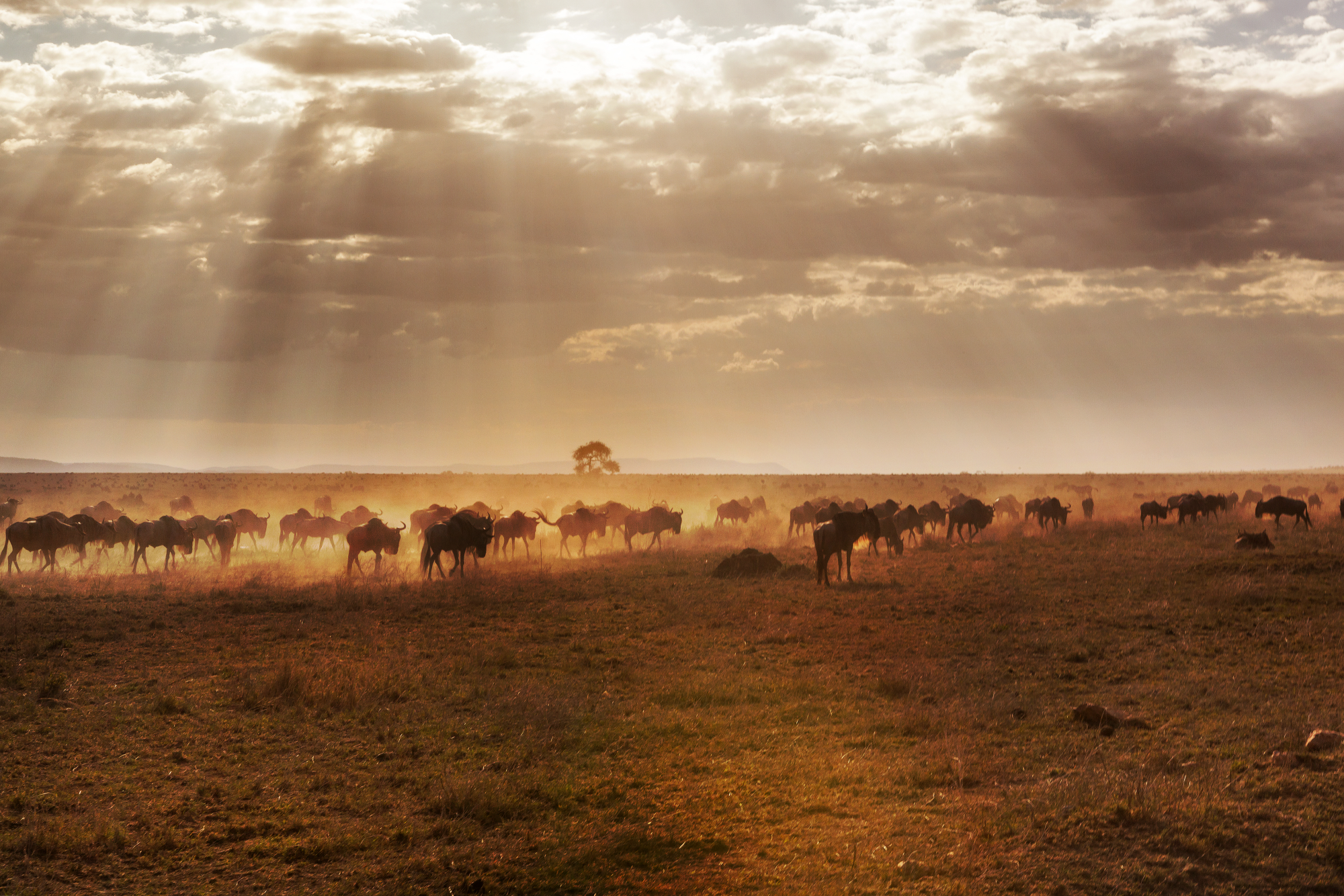A nearly four-decade study in Kenya’s rangelands reveals a 68% average decline in wildlife populations (up to 88% for some species) and a significant livestock surge. Sheep, goats, camels, and donkeys increased, resulting in livestock biomass being 8.1 times greater than wildlife biomass by 2011-2013, compared to 3.5 times in the late 1970s. Key drivers include human population growth, weak conservation policies, and climate variability. To address this, researchers suggest strengthening conservancies, integrated land-use planning, and policy reforms to balance human, livestock, and wildlife needs, urging immediate action to ensure sustainable rangeland management and biodiversity conservation.

